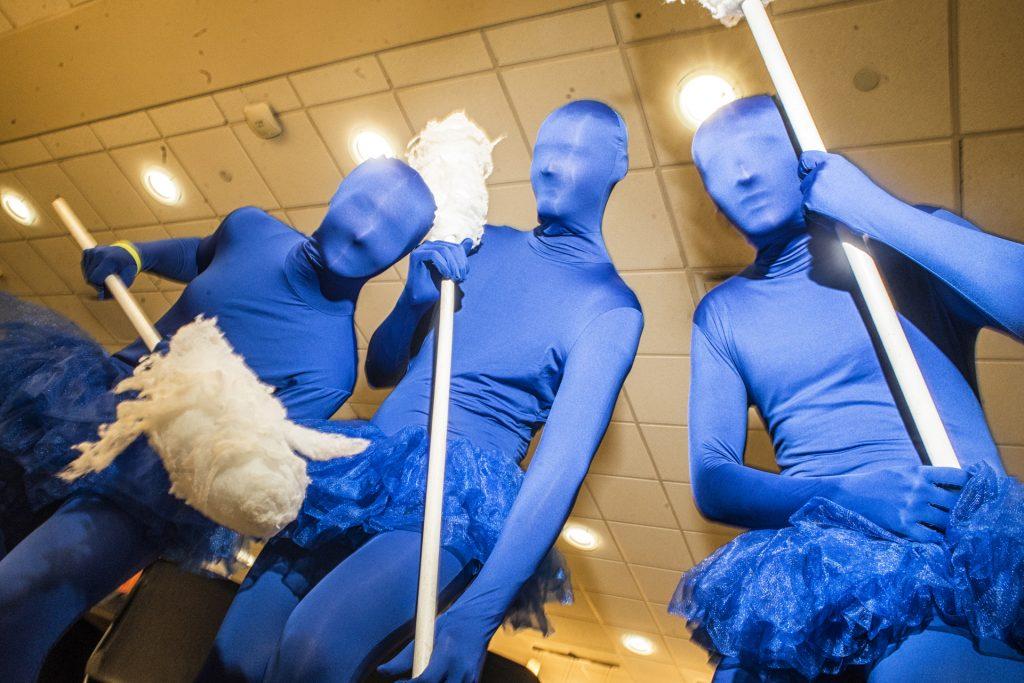Brooklyn Draisey
An organization is dismantling misconceptions and helping people potentially save lives at Dance Marathon’s Big Event.
Be the Match on Campus-UI has a booth at Dance Marathon 24 to educate dancers on marrow donation and sign them up for the National Marrow Registry. UI sophomore and Executive Officer for Athletics Michael Burke said many students don’t know a lot about the registry and marrow donation in general, so Be the Match is there to spread accurate information.
“Most college students have heard about Be the Match but don’t really understand what it is, or they’re scared about donating, so we teach them …” Burke said. “Just shedding fears about donating, and how important being on the registry is, and how you can sign up and potentially save someone’s life.”
UI junior Jessica Larson, the vice president of the organization, said there are many misconceptions about marrow donation. People often believe the process of donating marrow is acutely painful, when in reality it can’t be called more than uncomfortable.
“I’ve donated myself, and painful would be the last way I’d describe it,” she said. “There are some parts that are kind of uncomfortable, but it was never painful at any point.”
Another misconception about donating is that marrow is taken from vital areas, such as the legs or hips, when it’s actually taken from the back of the pelvic bone, which causes nothing more than some soreness.
There are two forms of donation: stem cell and marrow. Stem-cell donations involve taking a drug, which accelerates the making of stem cells. Then the cells are extracted in a process similar to donating plasma.
Marrow transplant is better known; marrow is extracted from the pelvic bone. Both procedures are quick and easy, and no extended hospital stay is required.
For those who are tested for potential matching, one out of 540 will be selected to donate. Burke said speed is key once a potential donor is found, because someone’s life could be on the line.
“It’s important to get the donation as soon as possible, because there is a patient who depends on that donation,” he said.
UI junior and dancer Erin Taylor had her cheek swabbed for DNA in the early hours of Feb. 3 so she could be there for people if they need help.
“I have a 5-year-old nephew back home, and I get afraid that if something were to happen to him, I would wish that someone would do the same for him,” she said. “I know there’s a family out there somewhere who wish someone else would do it for them, so I do it for them.”
The process of becoming a potential donor is a quick and easy one, and Taylor said there’s no reason everyone shouldn’t do it.
“I think it’s a great organization, and everyone should at least swab their cheek,” she said. “It’s not that big of a deal, and it does change lives; it makes a bigger difference than we would expect.”
Click below for more photos
[masterslider id=”247″]



